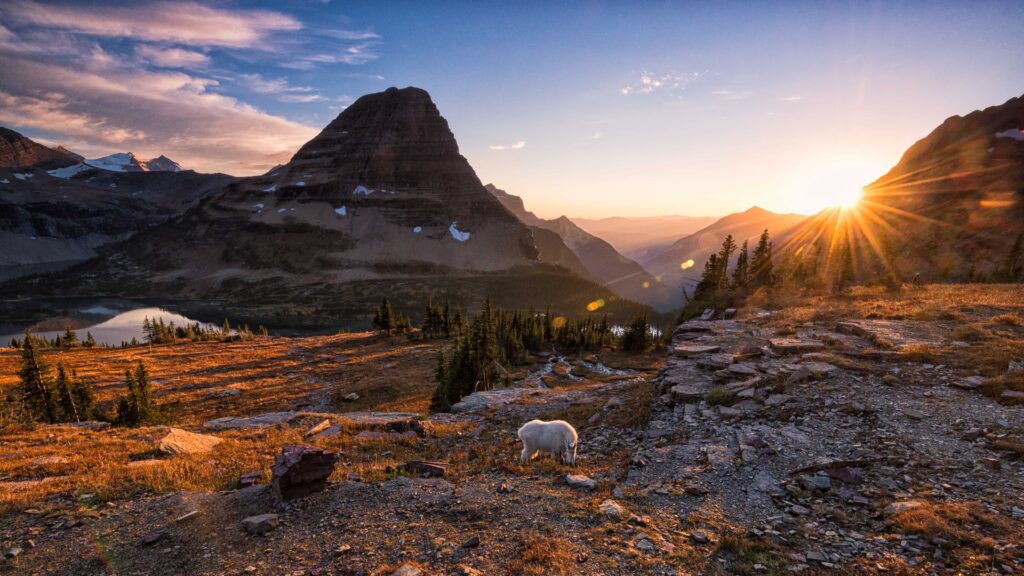I hear Iowa is nice this time of year, full of granite pinnacles and glittering lakes. The mountain biking and high-alpine backcountry skiing are firing, maybe all-time. That’s according to my friends in Idaho, at least.
In recent years, it’s been increasingly common to see Idahoans in regions experiencing rapid growth—the Boises, McCalls, and Teton Valleys—tagging their photos on social media with “Iowa.” It’s a 21st century joke that stems from an older one, in which, for most of the country, Idaho and Iowa (and sometimes Ohio) were essentially interchangeable. Today, those locals would gladly have you trade their state for somewhere in the Midwest. Or anywhere else, really.
It’s all part of a broader “Tag Responsibly” movement, which asks that social media users refrain from highlighting the specific locations of their scenic shots. That movement comes in response to unprecedented growth in the Mountain West, whose cities occupy many of the top spots for skyrocketing populations and property values and whose parks see record-breaking visitor numbers year over year. The Tag Responsibly movement simply asks that social media users use discretion when highlighting sensitive backcountry areas where increased traffic could be disastrous.
The counter-argument suggests that concealing one’s location is a form of gate-keeping, of flaunting one’s privileged access to the best spots. But there’s a difference between gate-keeping and hanging out a neon sign, a difference between studying a map or guidebook or a local’s time-tested suggestions and baby-birding backcountry beta.

I used to sit on a state grant committee that allocated funding for, among other things, maintenance of public recreation sites. In 2017, the land managers for a subalpine lake in the Central Cascades that shall not be named came in front of the committee pleading for increased maintenance funding. They showed us photos of vehicles overflowing the trailhead parking lot and stretching more than a mile down the road.
Then they showed us a graph of visitor numbers: it looked like the tip of a pencil. Traffic to the lake had increased exponentially in the middle of the decade; land managers attributed it almost entirely to Instagram.
I’ve made a vocation out of guiding the public towards desirable trails and destinations. I often feel conflicted about that. On the one hand, many people can’t love and cherish wild places—and, in turn, advocate for their protection—without seeing them firsthand.
On the other hand, all those firsthand visits have resulted in places being loved, if not to death, at least to life support. But, divorced of all context, an endless scroll of location-tagged photos is nature’s clickbait, exploiting both the viewer’s curiosity and the landscape at the same time.
Many Central American churches prohibit photography within their walls, a practice stemming from Mayan beliefs that mirrors (and, by extension, cameras) steal a piece of one’s soul with every exposure.
In the same way, our wild places lose a bit of their soul with every location tag, diminishing what attracts us there in the first place—a form of backcountry gentrification.
The solution may lie less in tagging responsibly than recreating responsibly, picking our destinations not for their social media value but for their intrinsic value—for their ability to engage us rather than their ability to generate engagement.
After all, not everywhere can be as immediately attention-grabbing as Iowa.
Aaron Theisen has contributed to a number of mountain bike magazines, including Freehub, Mountain Flyer, and Dirt Rag. He wrote about biking in the Methow valley for the July/August Out There.












